Volumes of Zespri's RubyRed Kiwifruit to double this season

This season, more than three million trays, or 10,800 tons of Zespri RubyRed Kiwifruit, will be available. The company has also announced that the fruit will be available for the first time in several new markets.
The RubyRed harvest will begin in New Zealand in the coming weeks. In Mainland China, the volume will increase significantly to more than one million trays or 3,500 tons, and in Japan, to one million trays. It will be available in the Philippines, Indonesia, Thailand, and the Pacific Islands for the first time this season.
CEO Jason Te Brake says it’s an exciting time for Zespri RubyRedTM Kiwifruit, with volume doubling compared with last season. With its sweet berry taste, vibrant red flesh color, and health benefits delivered by its high antioxidant content, Zespri says this is exciting news for consumers.
“With harvest to get underway in mid-February, Zespri RubyRedTM Kiwifruit will soon be available in most supermarkets and fruit and vegetable stores across the Asia Pacific.
“There’ll be more RubyRed volume in our core markets of Mainland China, Taiwan, Japan, and South Korea, and the popular fruit will also be back in New Zealand, Hong Kong, Singapore, and Malaysia, as well as our new markets,” the CEO said.
Zespri RubyRedTM Kiwifruit is the latest variety through Zespri’s kiwifruit breeding program, in partnership with Plant & Food Research, with 2025 marking the fourth year of commercial production. It is naturally high in Vitamin C and contains anthocyanins, naturally occurring pigments within the fruit, giving the fruit its red color.
The Brake says Zespri RubyRedTM Kiwifruit has been a popular addition. The variety complements Zespri’s Green and SunGold Kiwifruit and helps attract new and younger consumers to the category.
“We’re seeing strong demand for Zespri RubyRedTM, which is unique as it’s more seasonal than Green and SunGold. It’s the first variety to arrive in the market from New Zealand each season and is only available for up to eight weeks once it hits supermarket and fruit and vegetable store shelves," Te Brake.
“It’s fantastic to see volumes ramping up, and we continue to build our knowledge of the variety. The increasing volumes also allow us to grow demand further and maximize the value we can return for our growers,” he added.






















